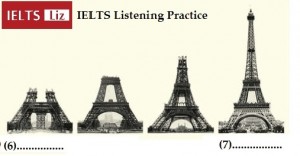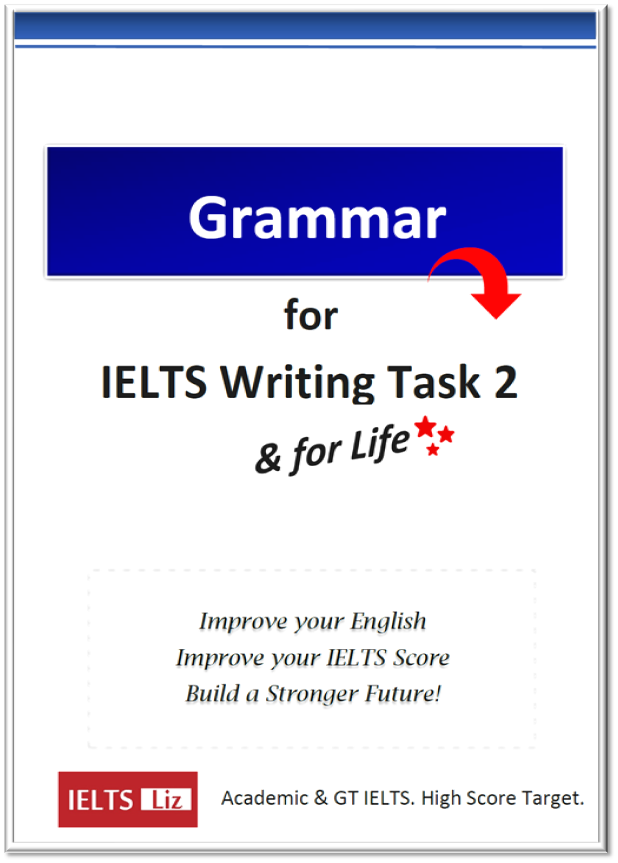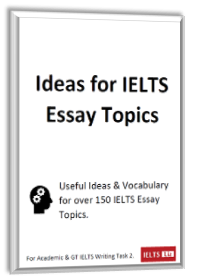Learn about how your IELTS writing test is scored. Many students ask me if writing task 1 and task 2 are worth the same points and how the examiner gives a final total score. This page will explain how your score is calculated for IELTS writing.
Are IELTS writing task 1 and task 2 marked individually?
Yes. The marking criteria for task 1 are slightly different to task 2. The same examiner will mark both your task 1 report and your task 2 essay. After that, your final IELTS writing band score is calculated.
Are IELTS writing task 1 and writing task 2 worth the same points?
No, they are not. Writing task 2 is worth more than writing task 1. You get twice the points for writing task 2 than you get for writing task 1. In other words, writing task 2 is about 66% of your marks and writing task 1 is about 33%. For this reason, you are advised to spend about 20 mins in task 1 and about 40 mins on task 2. However, even though task 1 is worth a lot less, it is often the marks for task 1 that can cause you to fail to get the score you want. So, task 1 is still crucial to prepare for.
Example of IELTS Writing Scoring:
For example:
- Writing task 1 = band score 8
- Writing Task 2 = band score 6
- Total Writing Score = 6.5
Please note that these scores are only estimated calculations. Your estimated score will be accurate within 0.5 band score.
Will IELTS tell you your score for task 1 and task 2?
Almost all test centers do not offer a break down of your scores. However, I have heard of one or two centers that do in some countries. So, it is worth checking with your test center.
Are writing task 1 and writing task 2 marked using the same criteria?
No. Each writing task 1 is scored using 4 assessment criteria. Each of the criteria is worth 25% of your marks for that task. 3 of those marking criteria are the same for task 1 and task 2. But one of the marking criteria is different See below:
- Task Achievement (Writing Task 1 Only): Information, Overview, Key Features
- Task Response (Writing Task 2 Only): Ideas, Addressing the Task, Conclusion, Developing Ideas
- Coherence & Cohesion: Paragraphing, Linking and Referencing
- Grammatical Range & Accuracy: Sentence Structures, Tenses, Punctuation, Number of Errors
- Lexical Resource: Vocabulary, Collocations, Spelling, Number of Errors
Differences between Band Scores 5 to 8 & How to Improve your Scores:
IELTS Writing Task 2 Scoring & Tips
IELTS Writing Task 1 Scoring & Tips
All IELTS Band Scores Explained
.






